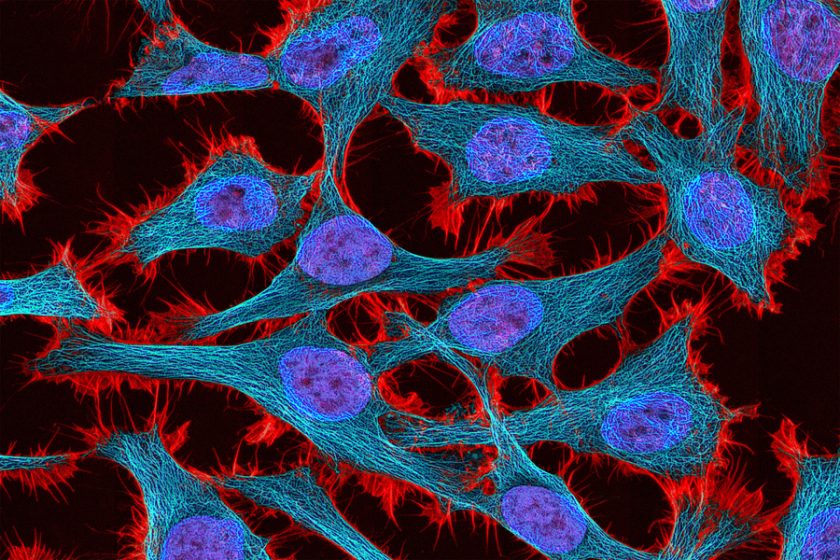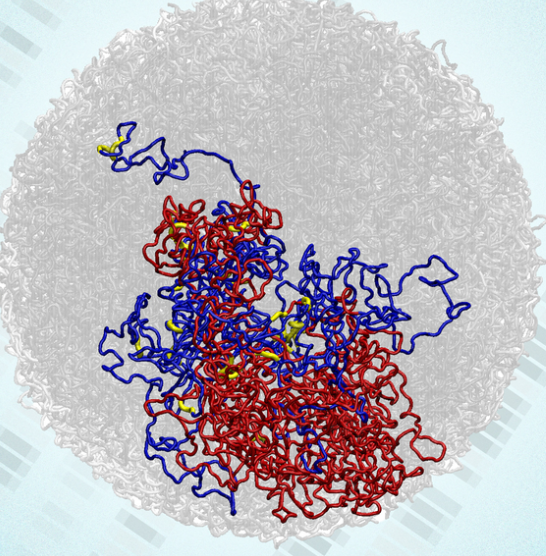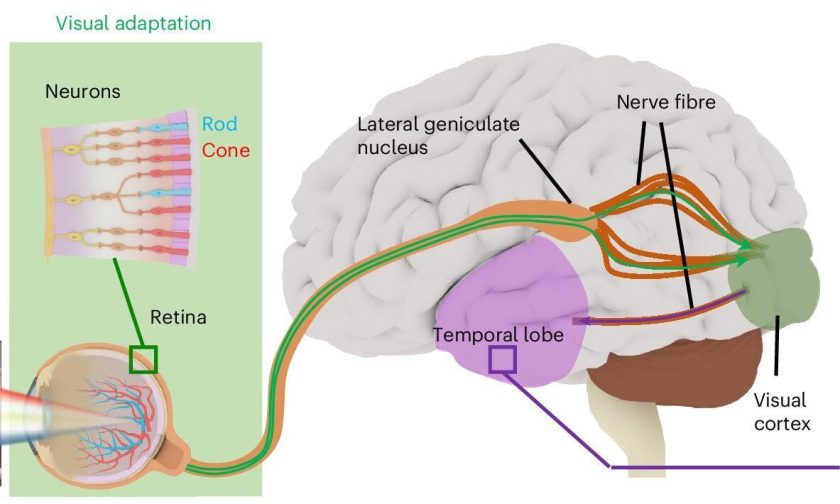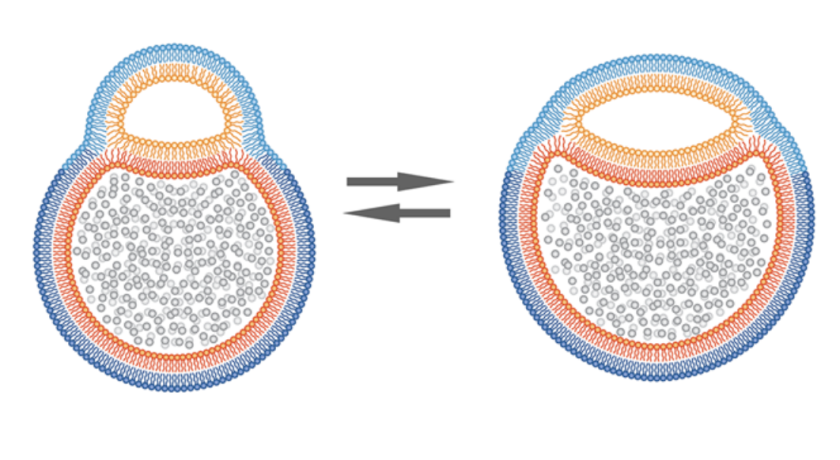
For years, researchers have been trying to fix genetic diseases by simply adding back the missing gene. The idea is pretty straightforward, if a disease is caused by a faulty or missing gene, just give the patient a working copy. But the tricky part has always been figuring out how to control how much of that gene gets used in the body.
It’s not enough to just deliver the gene. If too little gets expressed, the treatment doesn’t work. If too much gets expressed, it can cause other problems, sometimes serious ones.
That’s been a big reason why, even after decades of work, only a small number of gene therapy treatments have actually made it through FDA approval. The problem isn’t just getting the gene into the cells, it’s making sure it behaves the way it’s supposed to once it’s there.
A team at MIT has been working on a way to solve that. They’ve developed a sort of control system, quite similar to a volume knob, that keeps the level of gene expression from getting too high or too low. They tested it in human cells using genes linked to diseases like fragile X syndrome and Friedreich’s ataxia, and it worked surprisingly well.
ComMAND Circuit
The system is called ComMAND, short for “Compact microRNA-mediated attenuator of noise and dosage”. It’s based on something called an incoherent feedforward loop, which is a type of circuit that balances itself out. In this case, when the therapeutic gene gets turned on, it also creates a tiny RNA molecule (a microRNA) that reins things in if expression gets too high. Both parts, the gene and the microRNA, are built into the same message, so they stay in sync.
One reason this is a big deal is because it all fits into one delivery system, like a lentivirus or an adeno-associated virus. These are commonly used for gene therapy, and having a compact setup makes it easier to manufacture and deliver.
Tuning Gene Expression for Better, Safer Results
Without this circuit, the expression levels of the therapy gene jumped to more than 50 times normal in some cases. With ComMAND, the team was able to dial it down to around 8 times, still elevated, but way more controlled. That difference could mean the therapy works safely instead of causing side effects.
They tested it in a few different cell types: human cells, rat neurons, mouse fibroblasts, and human T-cells. In every case, the system helped stabilize expression levels much more consistently than without it. For genes that need to be finely tuned, like Fmr1 (linked to fragile X syndrome), that kind of control is essential.
Next Step: Testing Gene Circuit in Disease Models
The team now wants to see if this same method can actually reverse disease symptoms in animal models. They’re also looking into how it might be used for other rare diseases, like Rett syndrome or spinal muscular atrophy, the conditions where traditional drug development is tough because of how few patients there are.
One of the researchers, Katie Galloway, put it well: even though these disorders are all different, many of them could potentially be helped with gene therapy, if we can get the delivery and dosage just right.
This project was backed by several research groups, including the NIH and NSF, which makes sense considering how foundational this work could be for future therapies.
Takeaway
This circuit could in fact give power to researchers to control how much genes get to play its part, which has been a missing piece for years.
With ComMAND, scientists can fine-tune gene expression so it stays in a safe, effective range. That means fewer side effects and better chances that the therapy actually works. It also makes it easier to adapt treatments for rare diseases, where there’s usually not enough funding or time to build something custom from scratch.
We could actually see cases where more therapies will be delivered more safely, to more people.



